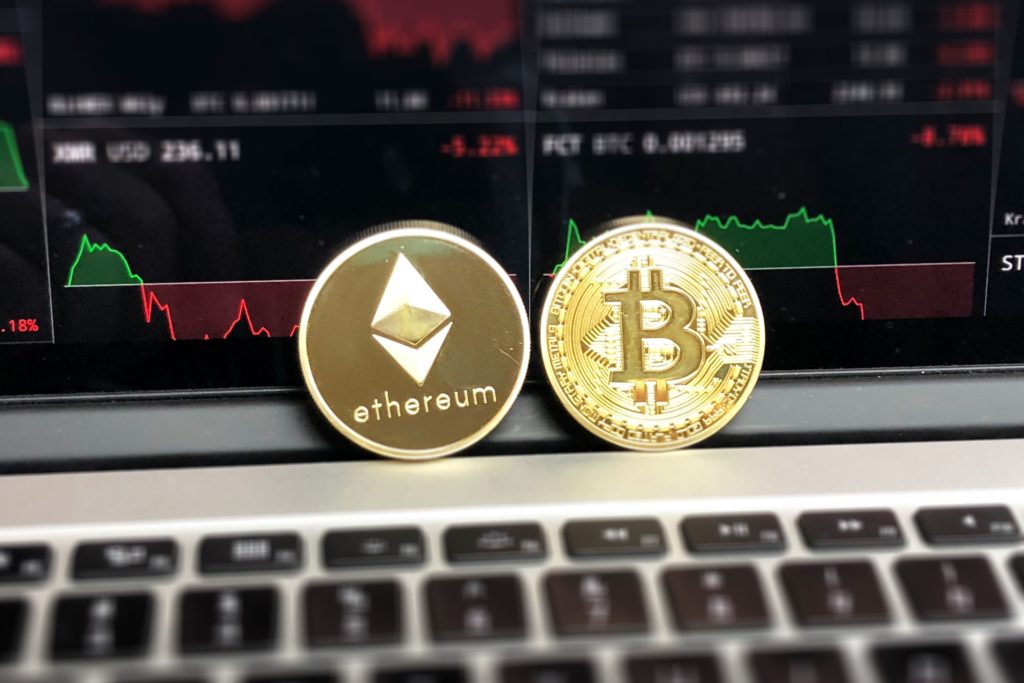In the cryptocurrency world, staking is a process by which users can earn rewards for holding coins in a designated wallet. In this article, we will explore seven of the top risks of staking cryptocurrency in 2022.
Staking is a process by which users can earn rewards for holding coins in a designated wallet. It is important for investors to be aware of the risks associated with staking cryptocurrencies before participating. It comes with a number of risks that investors should be aware of before participating.
Risks of Staking Cryptocurrencies

Following are the seven top risks of staking cryptocurrencies:
Coins may not be staked correctly
The first risk is that the coins may not be staked correctly. In order to stake coins, they must be held in a designated wallet, and the wallet must be configured correctly in order to receive rewards. If the coins are not staked correctly, the investor may not receive rewards or may even lose their coins.
Staking process may be interrupted
The second risk is that the staking process may be interrupted. If the staking process is interrupted, the investor may not receive rewards or may even lose their coins. For example, if the computer on which the wallet is stored crashes or if there is an internet outage, the staking process will be interrupted and the investor may not receive any rewards.
Delay in recieiving rewards
The third risk is that there may be a delay between when the coins are staked and when the investor begins receiving rewards. This delay can last anywhere from a few days to several weeks. During this time, the investor may not see any return on their investment and may even lose money if the price of the coin declines during that time.
Limit in earning rewards
The fourth risk is that there may be a limit to how many rewards an investor can earn. Most staking protocols have a limit on how many rewards an investor can earn per day, week or month. If an investor exceeds this limit, they may not receive any more rewards until the following period. This could result in lost earnings for the investor.
No gaurantee of increasing value
The fifth risk is that there is no guarantee that the coin will increase in value. Even if an investor follows all of the guidelines for staking their coins and receives regular rewards, there is no guarantee that the coin’s value will increase. The coin could still decline in value over time, resulting in a loss on investment for the holder.
No insurance against losses

The sixth risk is that there is no insurance against losses. Unlike traditional banking institutions, there is no insurance program available for cryptocurrency investors should their coins be lost or stolen. This means that investors could lose all of their invested capital if something happens to their coins.
Staking protocols are new
The seventh and final risk is that most staking protocols are still relatively new and unproven. There have been very few cases of successful staking to date and as such, there is still a lot of uncertainty surrounding the long-term viability of this investment strategy.
Despite the risks associated with staking cryptocurrencies, it can still be a profitable investment strategy for those who are willing to take on the risk. The key is to thoroughly research the coins that you are interested in staking and to only invest what you can afford to lose.
Is there any scope in staking cryptocurrency?

There is no one-size-fits-all answer to this question, as the success of staking cryptocurrencies depends on a number of factors, including the particular coin being staked, the staking protocol being used and the overall market conditions. In general, staking can be a profitable investment if done correctly.
Research the coins
The first step is to research the coins that you are interested in staking. Make sure to read up on the specific staking protocol that is being used and understand how it works. Also, be sure to check out the historical performance of the coin and whether or not it has been increasing in value over time.
Set up a wallet
Once you have chosen a coin, you will need to set up a wallet to store your coins in. The wallet must be configured correctly in order to receive rewards from the staking process. There are a number of wallets available that support various staking protocols. Be sure to choose one that is compatible with the protocol you are using.
Start accumulating coins
Once your wallet is set up, you will need to start accumulating coins. You should aim to buy coins when they are at a low price and sell them when they are at a high price. This may take some time and patience, but it can be worth it in the long run.
Begin the staking process
Once you have accumulated a significant amount of coins, you can begin the staking process. Most protocols have a limit on how many rewards an investor can earn per day, week or month, so be sure to read up on the specific protocol before starting.
If you follow these steps and are patient, you may be able to see significant returns from staking cryptocurrencies. There is always risk involved with any investment and investors should only invest what they can afford to lose.
Freqeuntly Asked Questions (FAQs)
Lets take a look at some of the frequently asked questions (FAQs) related to risk of staking cryptocurrency.
How does staking work?
When coins are staked, they are locked up in a wallet for a specific period of time. During this time, the investor cannot sell or trade the coins. Once the staking period is over, the investor can then withdraw their coins and either sell them or reinvest them into another staking process.
What are the benefits of staking?
There are a few benefits associated with staking cryptocurrencies. First, it allows investors to support the operation of a blockchain network. Second, it can provide a passive income stream for investors. And finally, it can help to increase the value of the coins being staked.
What is the difference between staking and mining?
Mining is the process of verifying transactions on a blockchain network and adding them to the public ledger. In return for their contribution to the network, miners are rewarded with newly minted coins. Staking, on the other hand, is the process of holding coins in a wallet to support the operation of a blockchain network.
Which coins can be staked?
At the moment, there are a few hundred coins that can be staked. Some of the more popular ones include Bitcoin, Ethereum, Litecoin, and Monero.
How much can I expect to earn from staking?
This depends on a number of factors, including the particular coin being staked, the size of your investment, the length of the staking period and the overall market conditions. In general, though, you can expect to see a return of between 2% and 10% per year.
Final Thoughts
Staking cryptocurrencies can be a profitable investment if done correctly. By following the steps we have outlined in this article, you should be able to increase your chances of success. There is always risk involved with any investment, so investors should only invest what they can afford to lose.











